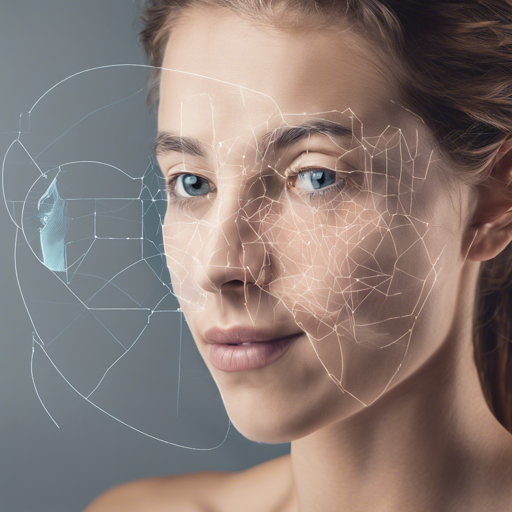In this digital age, the ability to monitor vital signs remotely has become increasingly relevant, and one intriguing method to achieve this is through Eulerian Magnification of face videos. Here, we’ll walk you through the steps to implement this fascinating technology, based on a program that processes videos using OpenCV, NumPy, and SciPy. Don’t worry; we’ll keep it user-friendly!
Understanding the Program Structure
The brain of this project resides in the main.py file, which orchestrates multiple modules to achieve the desired heart rate detection. Here’s a breakdown of the program organization:
preprocessing.py– This file handles initial video imports and utilizes Haar cascade face detection to identify areas of interest (ROI) in the video frames.pyramids.py– This module generates and collapses image/video pyramids, specifically Gaussian and Laplacian forms for analysis.eulerian.py– It implements a temporal bandpass filter through Fast-Fourier Transform to isolate heartbeats.heartrate.py– This is where the magic happens; it calculates the heart rate in beats per minute (BPM) based on FFT results.
How to Run the Program
Ready to get your hands dirty? Here’s how to run the heart rate detection program:
- Open
main.pyin your Python environment. - Locate the line calling the
preprocessing.read_video()function. Here, specify the path to your input video. - If you’d like to filter a specific frequency range, adjust the values assigned to
freq_minandfreq_maxon lines 8 and 9 accordingly. - Execute the program and watch as it processes the video to extract and display the heart rate information!
An Analogy to Explain the Code Structure
Imagine you are a chef preparing a gourmet meal (heart rate detection). Your kitchen (main.py) is equipped with multiple appliances (modules). To create the dish, you first wash and chop your ingredients (preprocessing.py). Next, you blend them to achieve the right texture (pyramids.py). Then, you apply heat to cook everything through a precise process (eulerian.py). Finally, you taste the dish to ensure it’s seasoned to perfection (heartrate.py). Each step, while simple on its own, combines to create a comprehensive, delicious outcome—just like detecting someone’s heart rate from a video feed!
Troubleshooting Your Project
If you run into issues while executing the program, here are some common troubleshooting tips:
- Video Not Loading: Ensure the path to your video is correctly specified. Double-check for typos!
- Face Not Detected: Ensure that the Haar cascade files are properly loaded and the video quality is sufficient for detection.
- Heart Rate Calculation Errors: Check that your frequency ranges (freq_min and freq_max) are set appropriately for human heart rates. Typical ranges are usually between 0.5 Hz to 3 Hz.
For more insights, updates, or to collaborate on AI development projects, stay connected with fxis.ai.
Conclusion
At fxis.ai, we believe that such advancements are crucial for the future of AI, as they enable more comprehensive and effective solutions. Our team is continually exploring new methodologies to push the envelope in artificial intelligence, ensuring that our clients benefit from the latest technological innovations.

